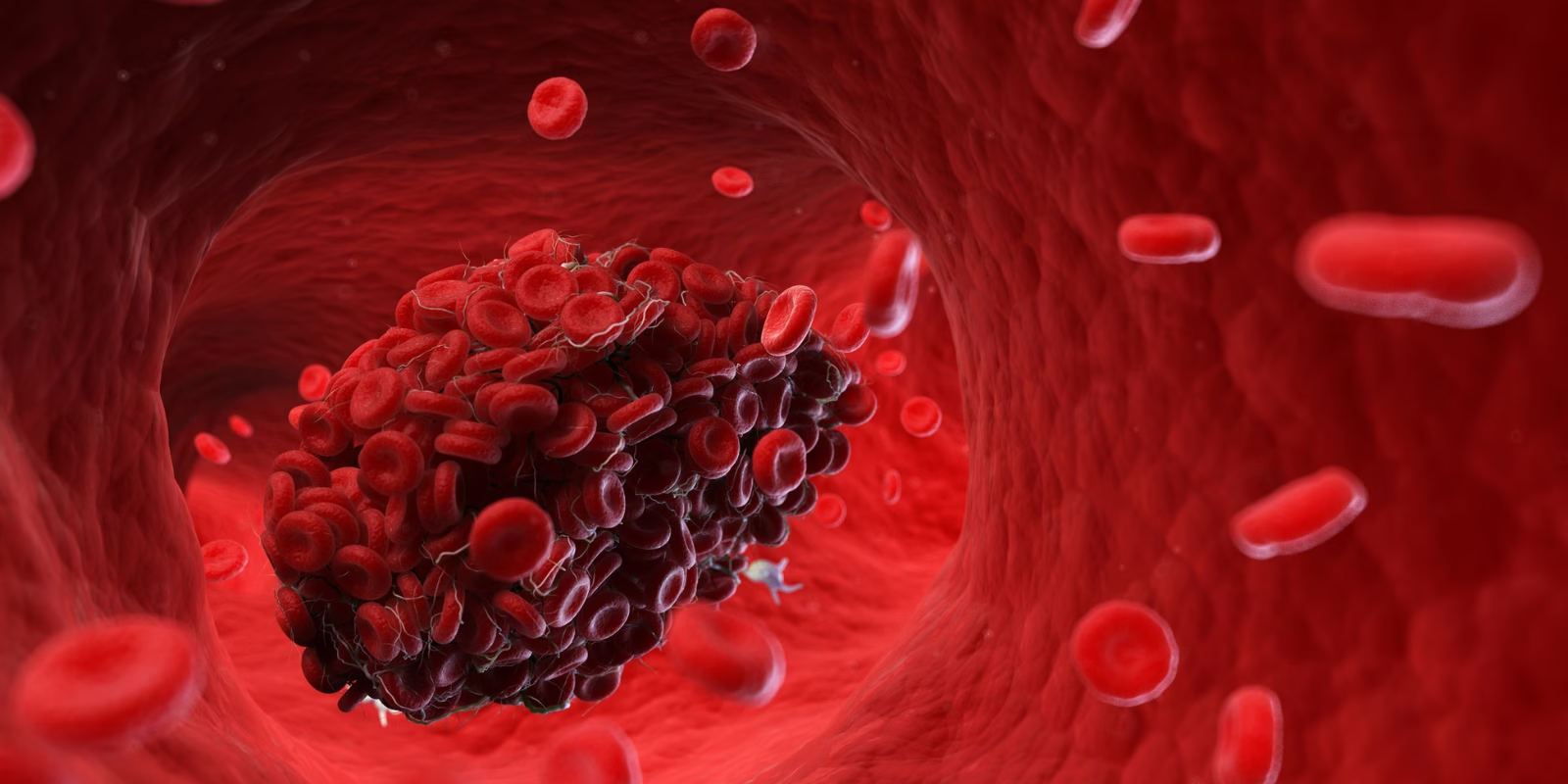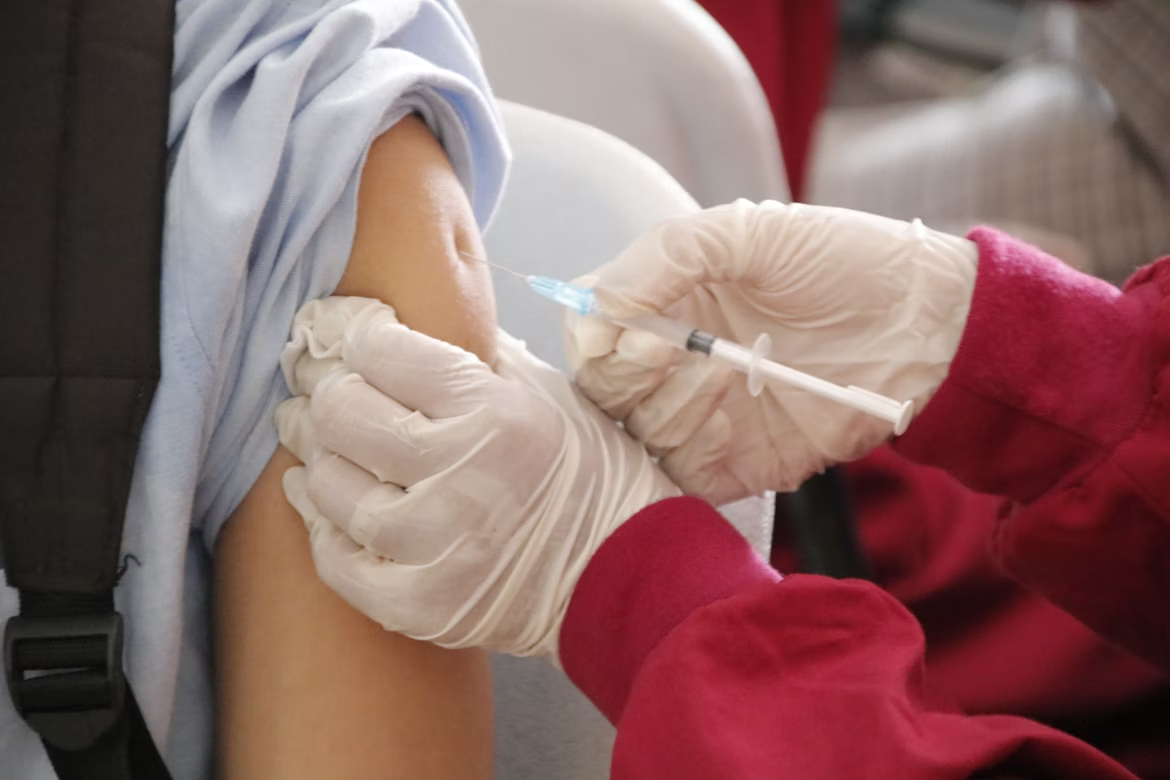As the mosquito-borne chikungunya virus swiftly spreads over regions of Asia, Africa, Europe, and the Americas, health authorities are asking travelers to take precautions.
According to the European Centre for Disease Prevention and Control (ECDC), more than 240,000 cases and 90 deaths in sixteen countries have been registered since January 2025. With some 7,000 cases, mostly in Foshan, Guangdong province, China is seeing its worst outbreak since the virus was first discovered there in 2008.
Through the bite of infected Aedes aegypti mosquitoes—the same ones that spread dengue and Zika—chikungunya is transferred. Fever, rash, and severe joint pain, among other symptoms, last from days to months. The virus can be harmful to infants, the elderly, and those with persistent diseases even if most people recover. Although there is no cure, fatalities are still uncommon.
According to the World Health Organization (WHO), Indian Ocean islands—particularly La Réunion, which has over 54,000 cases and 12 fatalities, the worst since its 2005–06 outbreak—are experiencing a significant surge. Among other afflicted countries are Kenya, Madagascar, Somalia, and India, where Mumbai has recently exploded.
In Europe, France has recorded roughly 800 imported cases, while Hong Kong confirmed its first local case in six years—a 12-year-old boy who had traveled to Foshan.
China has sent drones to find mosquito breeding grounds and released bigger “elephant mosquitoes” whose larvae consume Aedes mosquitoes in an effort to contain the epidemic. People are being fined or otherwise punished for not draining standing water. In Foshan, some infected people have allegedly been sequestered at their own cost in mosquito-screened wards.
Other areas, including La Réunion, Mayotte, and some portions of Spain, have started mosquito control initiatives and public warnings.
Prevention via mosquito bite protection entails wearing long clothing, applying insect repellent, eliminating standing water, and remaining inside or employing nets, according to the CDC and WHO. Although rest, hydration, and pain relief help to control symptoms, there is no particular treatment. But since some painkillers like NSAIDs run bleeding hazards, they should be avoided until dengue is ruled out.
According to health officials, climate change and international travel are fueling larger outbreaks, therefore increasing the need for preventative actions.








